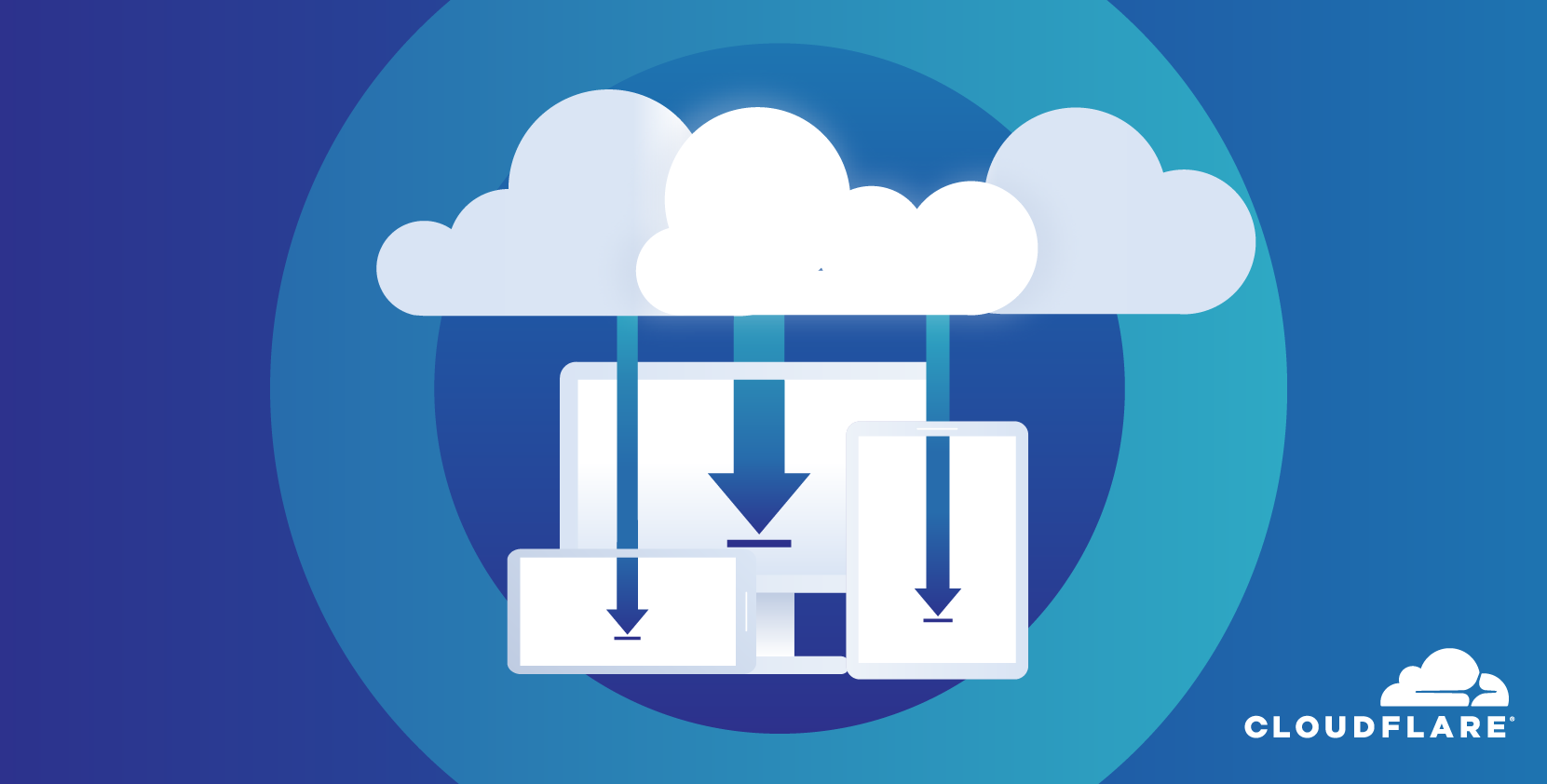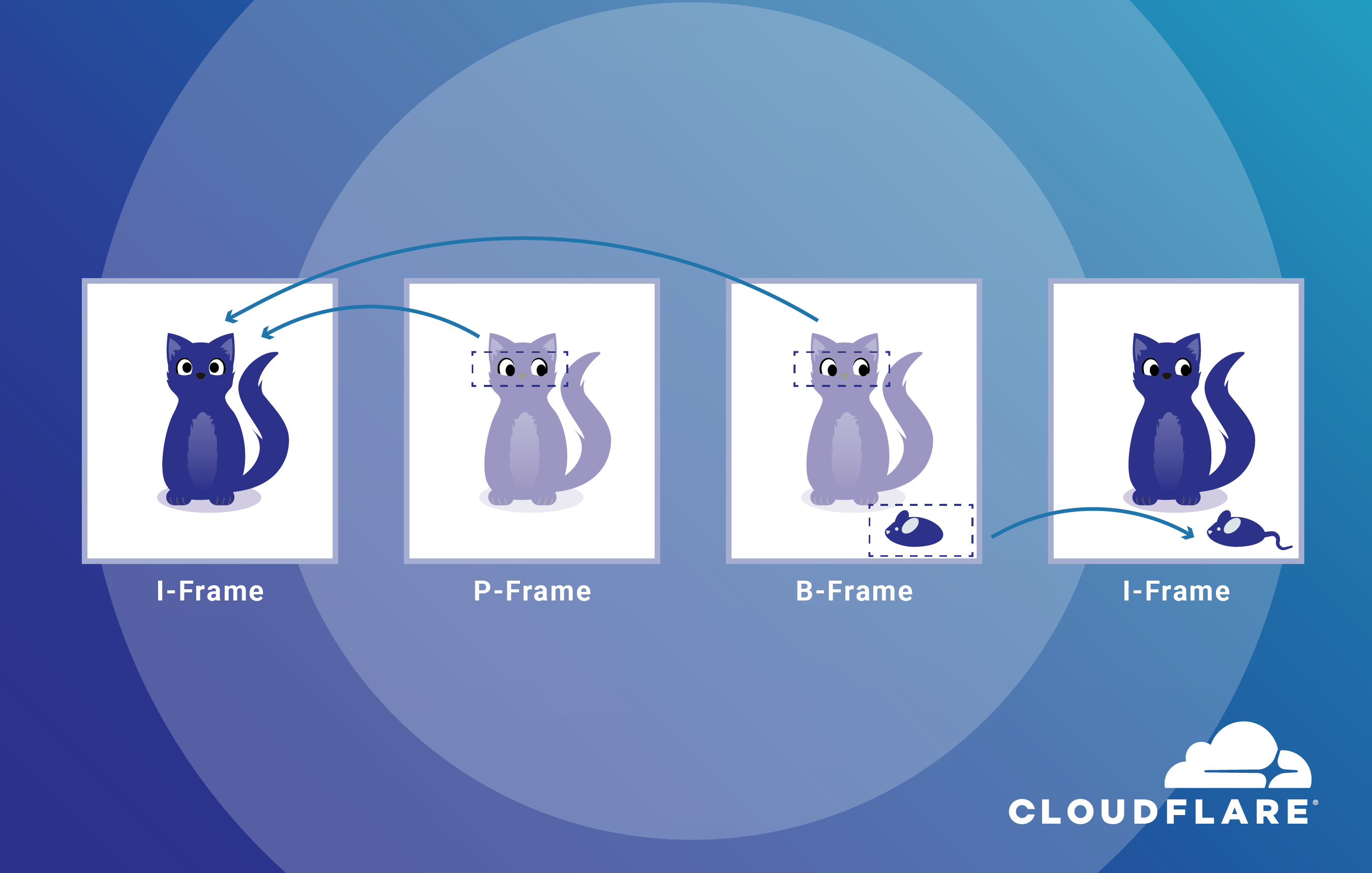Essential Job Skills to Advance Your Business Degree
Obtaining a business degree does not guarantee you a job in these tough economic times. It is no guarantee that you will be able to obtain or maintain a job in the career of your choice. If you want to have a career in business, you need to develop some essential job skills. Here is a look at some of the essential job skills you need if you want to advance your business degree.
6 Necessary Skills to Advance Your Business Degree
Networking
Many people don’t consider networking an essential job skill, but it actually is one of the most important skills you need if you want to get a good job and advance in your career. Like other skills, networking is a learned skill. By becoming skilled at networking, you open yourself to a lot of available information and assistance in moving forward in the career of your choice.
Computer Skills
In today’s world of business, you need to have at least basic computer skills. You need to become familiar with word processing programs and spreadsheets, as well as powerpoint presentations and other types of computer programs necessary to perform business basic tasks associated with your business.
Communication Skills
The Internet Is Resilient Enough to Withstand Coronavirus – But There’s a Catch

Earlier this year, as COVID-19 began to dominate our lives, the world turned to the Internet. This sudden shift to distance learning, working from home, and families sheltering in place drove up online streaming demand, placing additional load on Internet application platforms like Zoom, Netflix, and educational tools such as Kahoot. There was also a dramatic traffic increase across supporting network providers.
Faced with the specter of millions of daily Zoom calls and endless hours of Netflix binging, many wondered if the Internet could handle the strain of such rapid traffic growth and increased latency. Would it cause a catastrophic failure of the Internet? Our answer then: not likely.
But were we right? As the world is now more than a month into mandatory lockdowns and stay-at-home orders, with anticipated growth in application platform usage, media consumption, and overall Internet traffic, we can now state:
“No – increased Internet usage will not cause a catastrophic Internet failure.”
As expected, the Internet has remained resilient. There is no single “Internet” to catastrophically fail, thanks to its foundational “network of networks” architecture.
This architecture means that many interconnected participants all have a role in keeping the Internet resilient:
- Subscriber (“last Continue reading
Backblaze B2 and the S3 Compatible API on Cloudflare

In May 2020, Backblaze, a founding Bandwidth Alliance partner announced S3 compatible APIs for their B2 Cloud Storage service. As a refresher, the Bandwidth Alliance is a group of forward-thinking cloud and networking companies that are committed to discounting or waiving data transfer fees for shared customers. Backblaze has been a proud partner since 2018. We are excited to see Backblaze introduce a new level of compatibility in their Cloud Storage service.
History of the S3 API
First let’s dive into the history of the S3 API and why it’s important for Cloudflare users.
Prior to 2006, before the mass migration to the Cloud, if you wanted to store content for your company you needed to build your own expensive and highly available storage platform that was large enough to store all your existing content with enough growth headroom for your business. AWS launched to help eliminate this model by renting their physical computing and storage infrastructure.
Amazon Simple Storage Service (S3) led the market by offering a scalable and resilient tool for storing unlimited amounts of data without building it yourself. It could be integrated into any application but there was one catch: you couldn’t use any existing standard Continue reading
Do We Need Bare Metal Servers in Public and Private Clouds?
Whenever I was comparing VMware NSX and Cisco ACI a few years ago (in late 2010s in case you’re reading this in a far-away future), someone would inevitably ask “and how would you connect a bare metal server to a VMware NSX environment?”
While NSX-T has that capability since release 2.5 (more about that in a later blog post), let’s start with the big question: why would you need to?
NodeJS Notes: Functions
All about functions in NodeJS.NodeJS Notes: Functions
Functions allow you to implement repeatable block of code. Functions are first class objects. Functions are called in order to execute the code within the function. Functions have a variable scope that is local to the function itself. Standard Functions // Typescript version with type...Javascript Notes: Functions
Functions allow you to implement repeatable block of code. Functions are first class objects. Functions are called in order to execute the code within the function. Functions have a variable scope that is local to the function itself. Standard Functions // Typescript version with type...continue reading
Beyond “Hello World”: Sorting Algorithms in Rust
This year I’ve been picking up Rust as not only a new learning opportunity but also in service to a few side-projects I’ve been getting involved with. Like a lot of developers, I learn by doing. After spending a few weeks reading the Rust book and watching videos, I looked for some easy project ideas that I could use to explore the language that goes further than a simple “Hello World” which often doesn’t actually give you much breadth at all.Encryption: The Digital PPE We All Need

In the midst of a global pandemic, Internet security can be a matter of life and death.
Think of how critical the Internet has been to address the COVID-19 public health crisis. It has allowed half the world fortunate enough to have access to stay on top of critical public health updates and stay in touch with loved ones at a safe distance. Some can even continue activities like distance education, work from home, and access vital telehealth services.
But what if it weren’t safe to do these things? Would the world be as willing to follow social isolation measures?
Encryption keeps billions of people and countries secure online every day. It protects the integrity of news online, keeps your banking information out of the hands of criminals, and allows communications over messaging and videoconference platforms to stay confidential.
That’s a good thing. With people spending more time online than ever, cyber criminals are targeting the increasing amount of private data and commercially or government sensitive information traveling across the Internet. We’ve already seen proof in the corresponding rise in criminal activity over the last few months. The United States Federal Bureau of investigation, for instance, said cybercrime reports Continue reading
May Customer Newsletter
Welcome to the May 2020 edition of Calicomm! – our monthly newsletter for customers and partners. In the April edition, we discussed audit logs. This edition covers egress access control, which is an important aspect of micro-segmentation.
What problems are we solving?
Consider an enterprise datacenter deployment with hundreds of nodes and thousands of pods. These systems are running business applications with different levels of security requirements. A first-order security and compliance requirement in such a scenario is to ensure that a pod or host is only allowed to talk to authorized destinations. Now consider the real life scenario where there’s a churn rate (pods/hosts being added/removed) of hundreds of pods/minute. The challenge is to continue enforcing the microsegmentation in near real time despite a high churn rate.
An efficient mechanism for micro-segmentation has a direct impact on productivity. Ideally, you do not want to wait days for an access policy to be granted through a ticketing process, nor do you want to wait precious minutes for a policy change to take effect.
Micro-segmentation has two broad categories, East-West (E-W) and North-South (N-S). The following are typical use cases of egress access control within the N-S category:
- Configure default-deny Continue reading
Security Field Day #XFD3 with the VMware NSX Security Team

The Gestalt IT team is back with another exciting set of Field Day presentations. Multiple IT product vendors, including VMware, and independent thought leaders will share information and opinions in a presentation and discussion format. The complete VMware agenda and speaker lineup for the morning of the 14th is listed in detail below.
In summary, VMware’s focus for #XFD3 is why a new approach to security is required in the modern era. This security vision is present across all of the solutions, technologies, and bundles that we are bringing to the market. The VMware speakers, Dhruv, Stijn, Ray, and Ashish are planning to cover diverse topics ranging across Service-defined Firewall (SDFW), IDS/IPS, NSX Intelligence, DDoS, and WAF.
Video 2: Dhruv Continue reading
Real-time network and system metrics as a service
The sFlow-RT real-time analytics engine receives industry standard sFlow telemetry as a continuous stream from network and host devices and coverts the raw data into useful measurements that can be be queried through a REST API. A single sFlow-RT instance can monitor the entire data center, providing a comprehensive view of performance, not just of the individual components, but of the data center as a whole.This article is an interactive tutorial intended to familiarize the reader with the REST API. The examples can be run on a laptop using recorded data so that access to a live network is not required.
The data was captured from the leaf and spine test network shown above (described in Fabric View).
curl -O https://raw.githubusercontent.com/sflow-rt/fabric-view/master/demo/ecmp.pcapFirst, download the captured sFlow data.
You will need to have a system with Java or Docker to run the sFlow-RT software.
curl -O https://inmon.com/products/sFlow-RT/sflow-rt.tar.gzThe above commands download and run sFlow-RT, with browse-metrics, browse-flows, and prometheus applications on a system with Java 1.8+ installed.
tar -xzf sflow-rt.tar.gz
./sflow-rt/get-app.sh sflow-rt browse-metrics
./sflow-rt/get-app.sh sflow-rt browse-flows
./sflow-rt/get-app.sh sflow-rt prometheus
./sflow-rt/start.sh -Dsflow.file=$PWD/ecmp.pcap
docker Continue reading
SONiC and White Box switches in the Enterprise DC! – Part 2
As discussed during our part 1, we are trying to configure a VXLAN-EVPN fabric using SONiC on white box switches in order to determine if Open Networking is ready to be deployed in most enterprise DCs.
As a small Recap, below is the topology we are trying to bring online:

Familiarise with the OS
The most interesting thing of SONiC is its architecture!
I’ll write a blog just about it because it’s a fascinating topic, but in short, every single process is living inside a dedicated container.
Linux SONIC-Leaf301 4.9.0-11-2-amd64 #1 SMP Debian 4.9.189-3+deb9u2 (2019-11-11) x86_64 You are on ____ ___ _ _ _ ____ / ___| / _ \| \ | (_)/ ___| \___ \| | | | \| | | | ___) || |\ | | |___ |____/ \___/|_| \_|_|\____| -- Software for Open Networking in the Cloud -- Unauthorized access and/or use are prohibited. All access and/or use are subject to monitoring. Help: http://azure.github.io/SONiC/ Last login: Thu Apr 20 12:52:21 2017 from 192.168.0.31 admin@SONIC-Leaf301:~$ show version SONiC Software Version: SONiC-OS-3.0.1-Enterprise_Advanced Product: Enterprise Advanced SONiC OS - Powered by Broadcom Distribution: Debian 9.12 Kernel: Continue reading
Making Video Intuitive: An Explainer

On the Stream team at Cloudflare, we work to provide a great viewing experience while keeping our service affordable. That involves a lot of small tweaks to our video pipeline that can be difficult to discern by most people. And that makes the results of those tweaks less intuitive.
In this post, let's have some fun. Instead of fine-grained optimization work, we’ll do the opposite. Today we’ll make it easy to see changes between different versions of a video: we’ll start with a high-quality video and ruin it. Instead of aiming for perfection, let’s see the impact of various video coding settings. We’ll go on a deep dive on how to make some victim video look gloriously bad and learn on the way.
Everyone agrees that video on the Internet should look good, start playing fast, and never rebuffer regardless of the device they’re on. People can prefer one version of a video over another and say it looks better. Most people, though, would have difficulty elaborating on what ‘better’ means. That’s not an issue when you’re just consuming video. However, when you’re storing, encoding, and distributing it, how that video looks determines how happy your viewers are.
To determine Continue reading
Journey Through Open Networking
Arista has a decade long history of collaboration in open networking. We have pushed the envelope, co-developed open platforms and deployed them to build the world’s largest cloud -scale networks.
Journey Through Open Networking
Arista has a decade long history of collaboration in open networking. We have pushed the envelope, co-developed open platforms and deployed them to build the world’s largest cloud -scale networks.
Feedback: How Networks Really Work
In early April 2020 I ran another live session in my How Networks Really Work webinar. It was supposed to be an easy one, explaining the concepts of packet forwarding and routing protocols… but of course I decided to cover most solutions we’ve encountered in the last 50 years, ranging from Virtual Circuits and Source Route Bridging to Segment Routing (which, when you think about it, is just slightly better SRB over IPv6), so I never got to routing protocols.
That webinar was supposed to be an introductory one, but of course I got pulled down all sorts of rabbit trails, and even as I was explaining interesting stuff I realized a beginner would have a really hard time following along… but then I silently gave up. Obviously I’m not meant to create introduction-to-something material.
Kernel of Truth season 3 episode 6: Building modern campus networks
Subscribe to Kernel of Truth on iTunes, Google Play, Spotify, Cast Box and Sticher!
Click here for our previous episode.
In this episode we talk about trends, architectures and technologies for building modern Campus networks. Joining Kernel of Truth podcast hosts Brian O’Sullivan and Roopa Prabhu are two of our senior consultants, Eric Pulvino and David Marshall, who know what they’re talking about because they are in the field working with customers building these networks. They share their first hand knowledge here so be sure to take a listen!
Guest Bios
Brian O’Sullivan: Brian currently heads Product Management for Cumulus Linux. For 15 or so years he’s held software Product Management positions at Juniper Networks as well as other smaller companies. Once he saw the change that was happening in the networking space, he decided to join Cumulus Networks to be a part of the open networking innovation. When not working, Brian is a voracious reader and has held a variety of jobs, including bartending in three countries and working as an extra in a German soap opera. You can find him on Twitter at @bosullivan00.
Roopa Prabhu: Roopa Prabhu is Chief Linux Architect at Cumulus Networks. Continue reading



